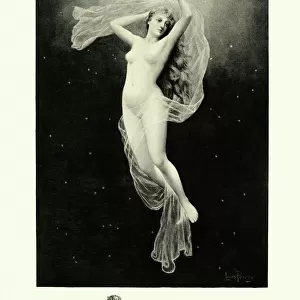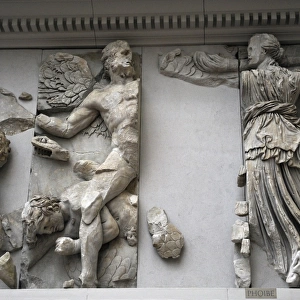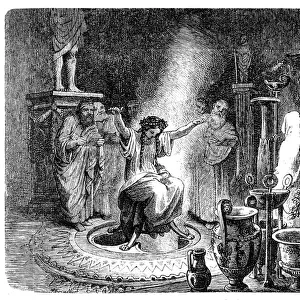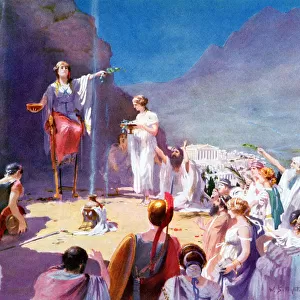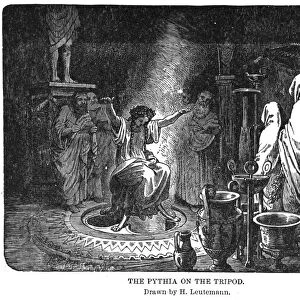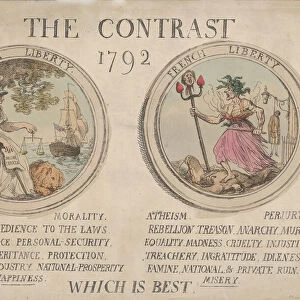Home > Europe > Italy > Campania > Ercolano
The Roman goddesses Latona, Niobe, Phoebe
![]()

Wall Art and Photo Gifts from Mary Evans Picture Library
The Roman goddesses Latona, Niobe, Phoebe
The Roman goddesses Latona, Niobe, Phoebe, Aglaia and Hileaera.. The Roman goddesses Latona, Niobe, Phoebe, Aglaia (the youngest of the three Graces) and Hileaera, the latter two playing a game of astragali or knucklebones. Painting on marble by Alexander the Athenian discovered in Resina in May 1786. Copperplate engraved by Tommaso Piroli from his own Antichita di Ercolano (Antiquities of Herculaneum), Rome, 1789
Mary Evans Picture Library makes available wonderful images created for people to enjoy over the centuries
Media ID 14206214
© Florilegius / Mary Evans
Aglaia Antichitadiercolano Antiquitiesofherculaneum Niobe Phoebe Pompeii Tommasopiroli Latona
FEATURES IN THESE COLLECTIONS
> Europe
> Italy
> Campania
> Ercolano
> Europe
> Italy
> Lazio
> Rome
EDITORS COMMENTS
This exquisite marble painting, discovered in Resina in May 1786, depicts a tranquil scene of Roman goddesses Latona, Niobe, Phoebe, Aglaia, and Hileaera. Latona, the goddess of childbirth and motherhood, is shown seated on a majestic throne, holding a cup in one hand and a small statue of her son, Apollo, in the other. Niobe, a queen renowned for her boastfulness about her many children, is pictured mourning the deaths of her sons and daughters, who were punished by the gods for her hubris. Phoebe, the goddess of the moon and the protector of women and children, is seen standing beside Latona, offering her comfort. The youngest of the three Graces, Aglaia, and Hileaera, are engaged in a playful game of astragali or knucklebones, symbolizing the joy and beauty that contrasts the sorrowful scene of Niobe. The painting, a masterpiece of Hellenistic art, was meticulously copied by Tommaso Piroli in 1789 for his publication "Antichita di Ercolano" (Antiquities of Herculaneum), providing a precious record of the classical world for future generations. The intricate details and the harmonious composition of the painting continue to captivate art lovers and historians, offering a glimpse into the mythology, culture, and artistic achievements of ancient Rome.
MADE IN AUSTRALIA
Safe Shipping with 30 Day Money Back Guarantee
FREE PERSONALISATION*
We are proud to offer a range of customisation features including Personalised Captions, Color Filters and Picture Zoom Tools
SECURE PAYMENTS
We happily accept a wide range of payment options so you can pay for the things you need in the way that is most convenient for you
* Options may vary by product and licensing agreement. Zoomed Pictures can be adjusted in the Cart.


